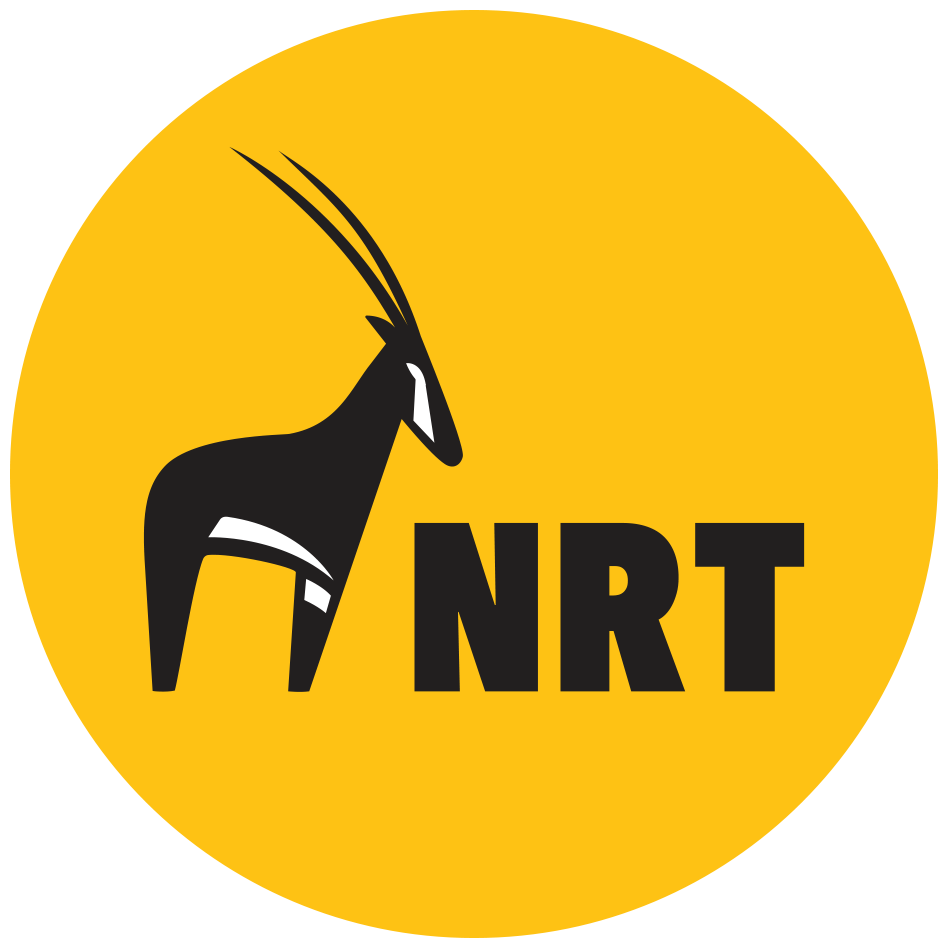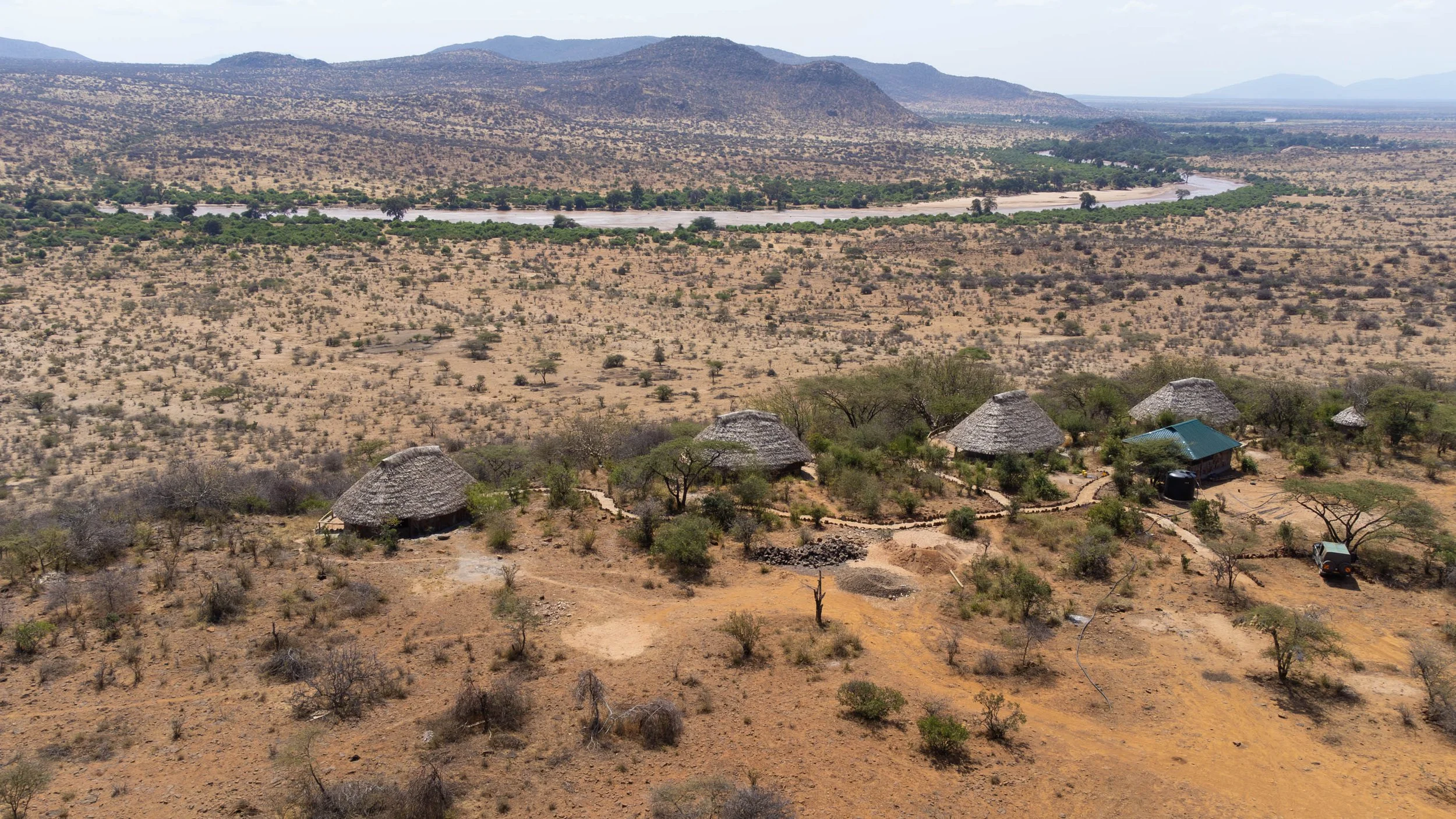Improving Livelihoods in Nasuulu Community Conservancy through Water Supply
An aerial shot of Nasuulu Community Conservancy tourism bandas and Ewaso Ng’iro River in Isiolo County. Photo| NRT
The Ewaso Nyiro River, located on the northern border of Nasuulu Community Conservancy, has been a lifeline, providing water to communities, livestock, and now a community livelihood project: the Nasuulu tourism banda (self-catering accommodation facility).
Years of drought and rainfall variation caused by climate change and an increase in harmful human activities such as deforestation, extensive irrigation, overgrazing in catchment areas, and sand harvesting along the riverbanks have damaged the Ewaso Nyiro River. Due to this, the River frequently dries up in seasons when it usually would be flowing. During these times as well as droughts, the communities, livestock and wildlife in Nasuulu rely on shallow wells to supply water.
Unfortunately, a well built in 2015 that served as the primary water source in Nasuulu was condemned two years ago after its very saline water was declared unsafe for human consumption.
NRT’s Senior Water Engineer Odupoi Kuraru explains, “The rocks on the riverbanks and riverbeds were highly mineralized, and every attempt to drill a shallow well along the shores was unsuccessful because the water was saline.”
Nasuulu Conservancy’s water tank. Photo| NRT
The Conservancy’s only alternative at the time was to truck water daily from the Isiolo River, some 21 kilometers away, at a monthly cost of Ksh175,000. This became unsustainable.
“The only way we could solve this problem was to construct a shallow well right in the middle of the river, where we could avoid rocks, and then use a two-stage pumping technique to supply clean and safe water,” Odupoi adds.
A 200-meter-long pipeline, installed with support from the Danish International Development Agency (Danida) and NRT’s Water Program, draws water straight from the Ewaso Nyiro River and temporarily stores it in a 30 cubic meter concrete tank for 12 hours, where silt and other waste are filtered out. Using solar power, the clean water is then pumped to the Conservancy’s headquarters, covering a 1.5-kilometer distance, and supplying water to the headquarters, outpost, and now the newly constructed banda, which was built to generate tourism revenue for funding community priorities such as the provision of healthcare services and bursaries.
The construction of the banda, whose opening is scheduled for mid-June, was funded by the Northern Kenya Rangelands Carbon Project’s carbon community fund (CCF). The Conservancy, established in 2010, intends to expand this project and provide water to the neighbouring settlement areas and livestock and wildlife troughs.
Nasuulu Community Conservancy tourism banda. Photo| NRT
“This alternative source of clean water is crucial for the operation of our tourism banda. Without clean and reliable water, we could not run the tourism facility,” explains Ms Sadia Mohammed, the Chairperson of Nasuulu Community Conservancy.



